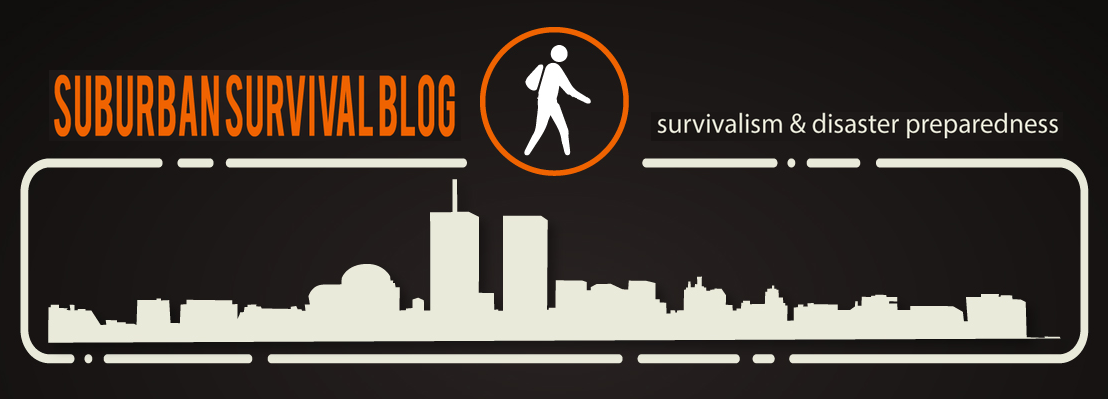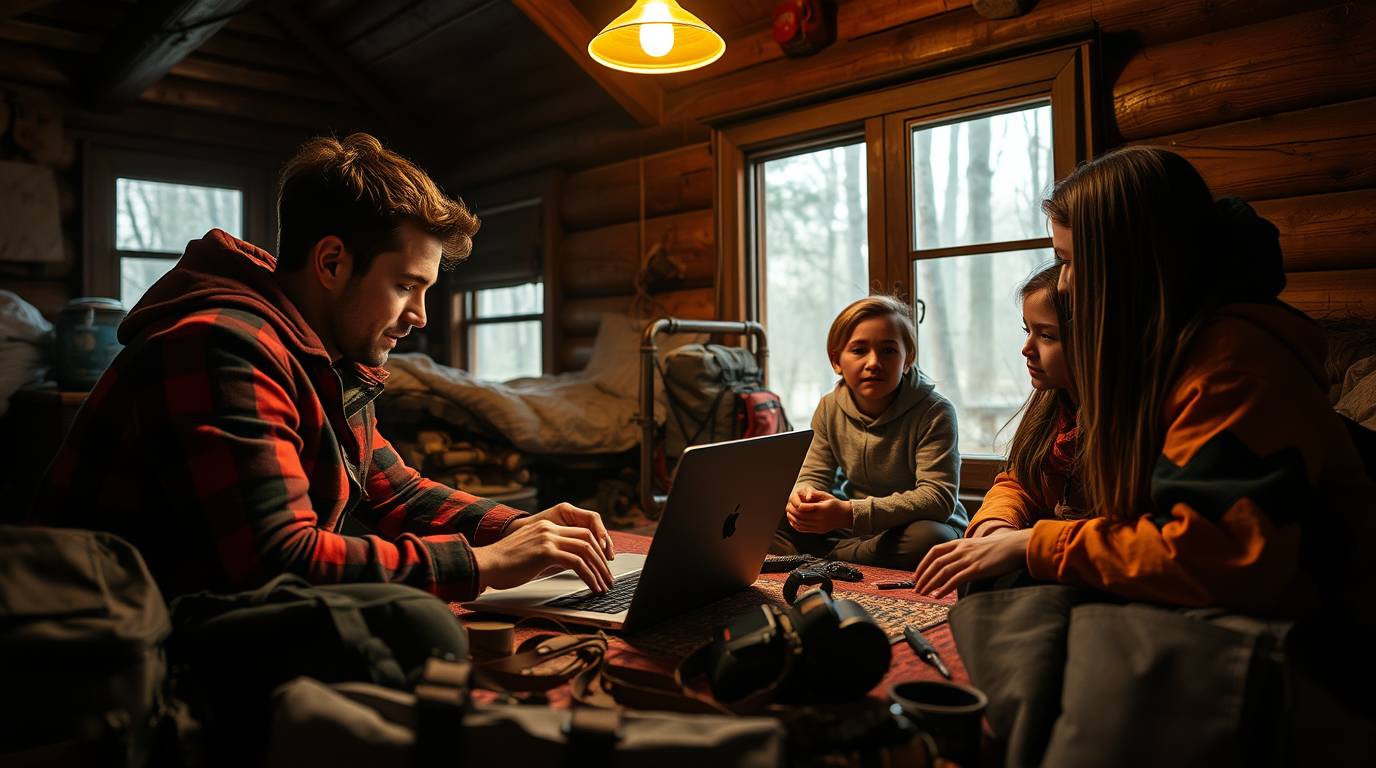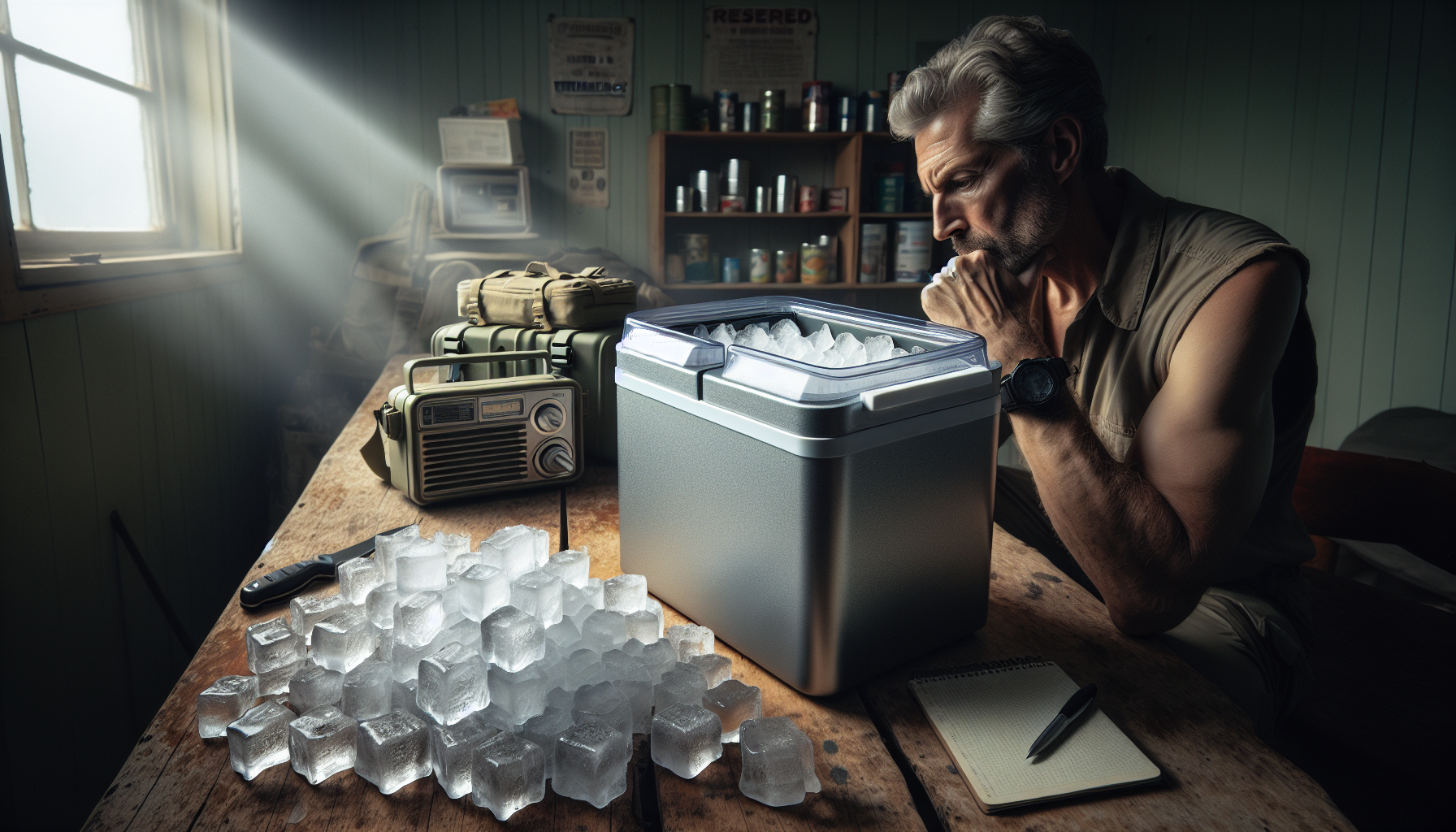Awhile ago, I blogged that I was really having a difficult time prepping for my pets (one dog and two cats). This can be a major issue, especially if you have to go and quickly. This has made me think heavily about how I would ensure the survival of my pets in a SHTF event.
It really is not much harder to prepare for a pet than a person. All that must be done is consider all the things required to sustain life and protect the pet. Of course, there are special considerations that don’t apply to people that apply to pets and I will get to that.
For my big dog, this is his list:
‑Water 1 gallon a day. In the heat, this is a minimum. If we lose power and AC, this could go up to 1.5 or 2 gallons a day.
‑Food: I feed him every day, so it is easy to get an extra 35 lb bag of food which is 3–4 weeks supply. This is not variable with temperature, but could increase if we end up walking.
‑Medicine: Thankfully, this only includes heart worm, flea and tick medicine. It is a little difficult to convince a vet you need an extra six month or a year supply. If you go to the same vet year after year and keep the vacinnations up to date, they will usually work with you.
‑Leash, collar, way to tie up: This is fundamental and cheap. Have an extra in the dog’s go bag.
‑Crate: This is a must. More on this later.
‑Go bag. For my dog, this is a doggy back pack that contains a 72 hour supply of food and water as well as an extra leash and collar. If we need to get out fast, this is grab-and-go ready.
‑Toys: Have a dog’s favorite toy is an extra.
‑Treats and bones: Your dog will appreciate having extra treats which can be used as a reward for good behavior.
For my wife’s cats (OK, they are my babies too), the list is similar:
‑Water: 1 gallon a day for the two cats.
‑Food: An extra bag will last a long time.
‑Litter pan plus litter — portable if possible.
‑Crate — they need to be contained.
‑Leash and harness: believe me, you will want to not have them in a crate the whole time.
‑Medicine: One cat is healthy and the other is on regular meds. Make sure you have a good supply.
‑Treats: Once again, the cats are used to treats. They also come running for treats which is useful if you need to find them in a hurry and go!
‑Go “bag” or bucket: This can contain everything they need.
So, this is a pretty short list, what are some other considerations? First, if you plan to evacuate, you may need to board your pets in a kennel. I had to do this with my dogs when I evacuated for hurricane Ike. Your pets must be up to date on their vaccinations and you must have their shot records. Keeping the records with your vital records in a go-bag is the easiest way to ensure they are up to date. If you end up in a shelter, you must have a crate to secure the pets. Most likely, the shelters will not accept pets, so be prepared for that eventuality. State agencies are more prepared than in the past, but in a major SHTF event, pets will be they last consideration for emergency management personnel.
Another consideration is pet friendly hotels. Many hotels will accept pets, but have many restrictions especially on dogs. Check their policies closely as they will indicate only one dog under 50 lbs. I evacuated Houston for Rita and had two big dogs at the time. I ended up lying to the check in clerk and sneaking around when I had to take them for a walk or to the bathroom. I also had a sob story saying we were refugees ready in case they wanted to kick me out. It was never an issue as the staff looked the other way.
In the event that pets are not allowed on an evacuation vehicle, you need to decide in advance if you will leave them behind or stay behind with them and risk death. In my case, I cannot even have that conversation with my wife. My dog is my best friend and my cats are my wife’s best friends. My best chance to get her to leave with me is to have the ability to get the dog and cats out with us. So, think about what you would do in different scenarios:
1) You could load up one vehicle with your family and pets as well as supplies. How would you do it?
2) You could not take a vehicle, but were evacuated with your pets on a government transport (truck, bus, etc). In this case, a crate would be required.
3) You had to walk out of there with only what you could carry. How would you include your pets in this? In my case, the dog could walk on his own, but the cats would have to be in the crate and carried. For this scenario, I would take a cart, a deconstructed dog crate, the cat crate plus whatever food and water would fit. A back pack for me, a back pack for my wife and that would be it.
4) You had a situation where you had to leave the pets behind. This would be almost impossible for my wife and me. Our pets our like furry children to us. Leaving them behind would be extremely difficult. My dog could walk with us, but the cats could not. If it came to carrying the cats versus carrying supplies, that would be equally as difficult. I hope I never have to make the choice.
At the end of the day, prepping is a holistic exercise. You must consider all living beings in your plans. Otherwise, when it comes time to go, you will hesitate and risk survival.









That’s some very solid advice. Thanks for bringing up a topic that is often not considered until it’s too late… for the pet, that is.
How’d you like to be me? 23 cats (last count), 7 dogs (unless somebody got dumped off in the woods today and showed up) 2 ferrets, 52 chickens (last count). We are all sheltering in place, an exodus would be too tough to organize.
If you had a choice to save yourself and family or save your pets which would you choose? In a true SHTF situation that will be your choice. It sounds to me like you are really preparing for a “vacation” with your pets.
I agree, that our pets are too precious not to prep for! Luckily some of our pets are caged animals that can handle being left alone for anywhere from a few days (bunny) to several days (reptiles) as long as they have their food & water topped off before they’re left. Then again, we also have 5 cats (for a household of 4 adults), one of which needs medication twice daily. And last time I checked, we only have 4 cat carriers… need to fix that, right away!
One thing that I don’t think most preppers are aware of is that the Pets Evacuation and Transportation Standards (PETS) Act requires that states seeking Federal Emergency Management Agency (FEMA) assistance must accommodate pets and service animals in their plans for evacuating residents facing disasters. So at least if FEMA forces an evacuation, they can’t force you to leave pets behind and they can’t force you to stay at a shelter which doesn’t allow pets.
Great article on this subject. I honestly have not given much thought to prepping in general, until I thought of my pets and then that got me going! Like you, they are my treasured children and I want ot be prepared for them.